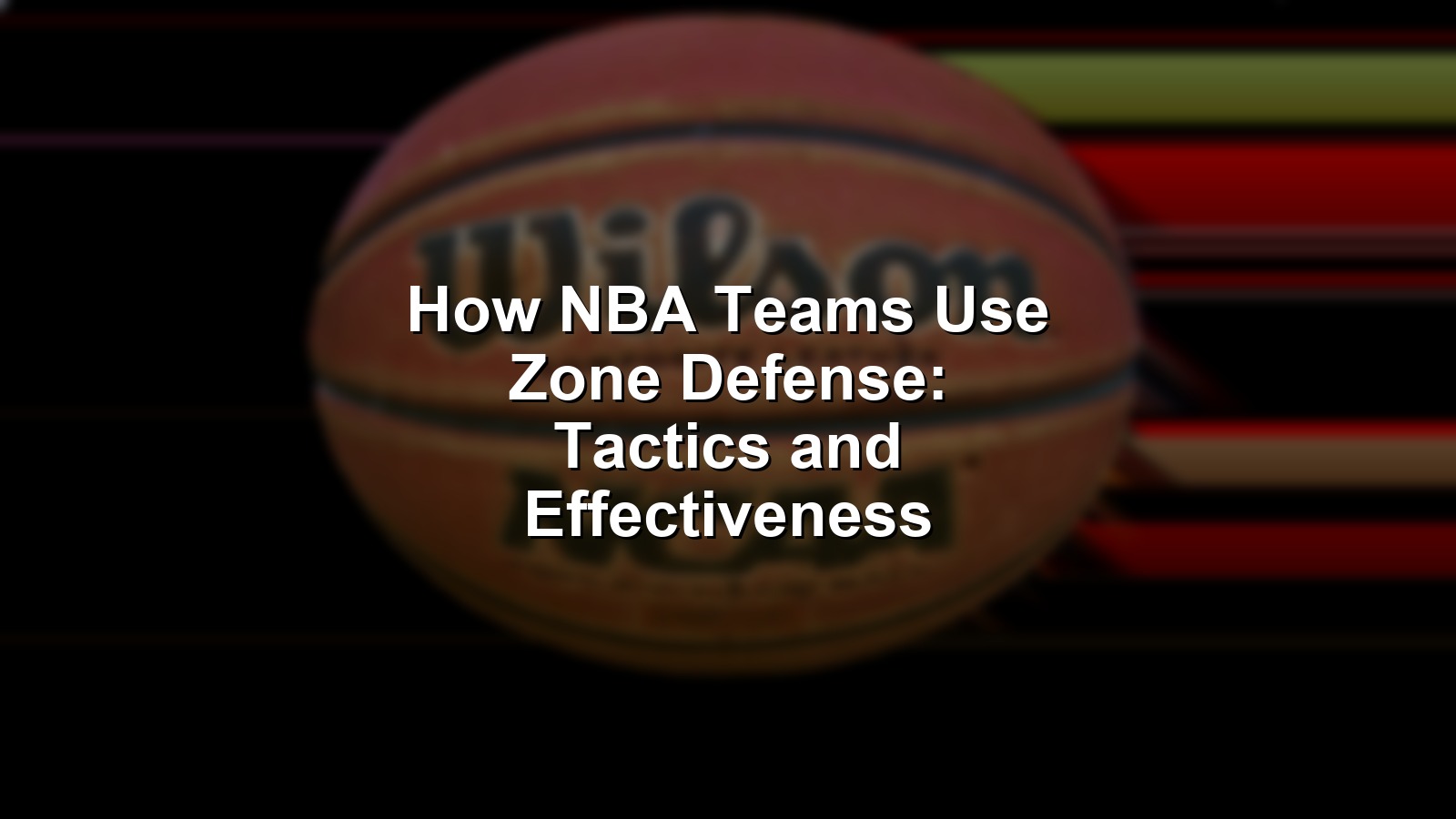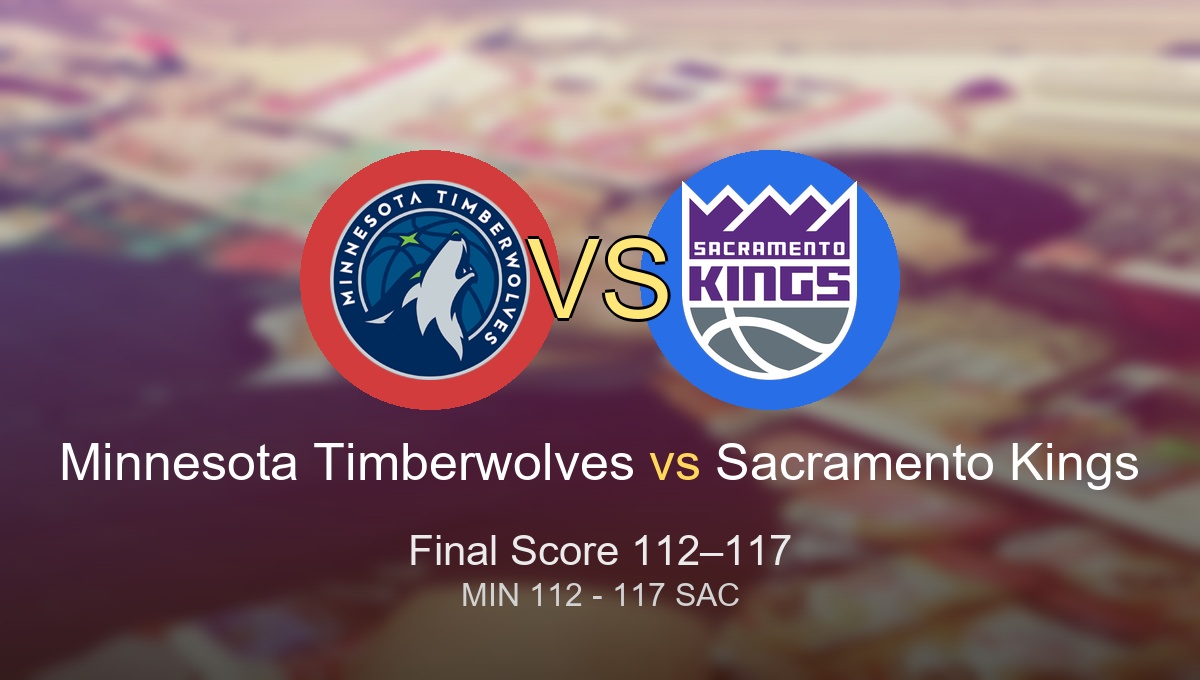
When a coach signals for zone defense in a big NBA moment, it’s like pulling a hidden ace from the sleeve. History is packed with teams leaning on the zone to spoil dynasties, flip a playoff series, or mask holes in a battered roster. Understanding how NBA teams use zone defense isn’t just about X’s and O’s—it’s about the surprising stories, championships, and the way this old-school tactic keeps getting reinvented by the league’s brightest minds.
Zone defense was once mocked as a last resort or a sign of weakness, banned outright for decades. But now, it lives as a crucial tool, part of the chess match between scorers and schemers. This article dives deep into the moments when the zone turned games upside down, the tactics behind its revival, and the ways it keeps shifting the balance of power in the NBA.
Let’s break down the top ten most important stories—and explain why the zone still matters in 2024.
Context: Why This Matters
If you hang around serious NBA fans, just mention zone defense. The arguments will fly: “It never wins rings!” “It only works against bad shooters!” “That’s college stuff!” Yet the history tells a different story—one about desperate underdogs, wounded favorites, and tactical revolutions.
The NBA has always been obsessed with superstar talent, but championships so often come down to whether a team can get that one clutch stop—by any means necessary. Sometimes the eye test beats the spreadsheet, and sometimes a 2-3 zone inspires a “wait, are they really doing this?” chuckle on the biggest stage.
How NBA teams use zone defense is about more than schemes—it’s about the eternal battle between innovation and tradition, between what fans think should work and what actually does.
Methodology
Ranking the ten most defining moments for NBA zone defense needed a mix of numbers, narrative, and influence. Here’s how the list came together:
- Game impact (40%): Did the use of zone flip a playoff series or ignite a turnaround? Did it lead to a signature win?
- Longevity (20%): Did the scheme or moment echo through future seasons, or inspire a league-wide trend?
- Tactics and innovation (30%): Did the team deploy the zone in a new or influential way? Was it adopted by others?
- Championship/cultural relevance (10%): Did it factor into a championship, or shift the perception of defense in the NBA?
Key sources include NBA official stats, Basketball-Reference, and reporting from ESPN and SI. Media consensus and coach/player interviews also helped weigh lasting impact and cultural resonance.
Ten Zone Defense Moments That Changed the NBA
1. 2019 Miami Heat: Game 2 vs. Milwaukee—“The Wall and the Zone”
The second round of the 2020 Playoffs, deep in the Orlando bubble, felt like an experiment from another planet. But it was here, in Game 2 against the Bucks, that the Miami Heat rolled out a seamless blend of 2-3 zone and “Giannis wall.” The Bucks’ halfcourt offense stalled, and Miami seized homecourt.
The Heat kept shifting between man and zone, repeatedly gobbling up Giannis Antetokounmpo’s drives while forcing shooters to brick under pressure. It became a blueprint—flexible, ruthless, and perfectly timed. Jimmy Butler later called it “a trust exercise where everyone knows you don’t have to do it alone.”
That 2020 Miami team made the Finals and, for several series, the zone became the difference between extinction and survival.
Key facts:
– 2020 NBA Finals appearance
– Famous for “wall” and 2-3 hybrid zones
– Top-5 defensive rating in playoffs
Authoritative sources: nba.com, espn.com
🧵 On X
https://x.com/search?q=Heat%20zone%20defense&src=typed_query
2. 2008 Boston Celtics: Game 4 vs. Lakers—“20-Point Comeback”
Game 4 of the 2008 NBA Finals, the Celtics trailed by 24. Doc Rivers threw a curveball—a surprise 2-3 zone after halftime. Kobe Bryant and the Lakers’ offense started to stall, searching for gaps that vanished. Suddenly, the Celtics ate into the lead. Boston’s big swing ended in a 97-91 win, the biggest comeback in Finals history at that time.
Within a season, opponents around the league copied the Celtics’ use of zone as a situational breaker. Ray Allen likened it to “walking into a room and turning off the lights—everything resets and the panic sets in on offense.”
Boston’s mixture of stars and disciplined schemes showed how a traditional, talent-heavy team could master zones as a weapon, not a crutch.
Key facts:
– 2008 NBA champions
– Largest Finals comeback (at the time)
– Key use of zone in consecutive series
Authoritative sources: basketball-reference.com
🧵 On X
https://x.com/search?q=2008%20Celtics%20zone%20defense&src=typed_query
3. Dallas Mavericks: 2011 Finals—Game 2 Surprise
The 2011 NBA Finals seemed tilted toward the Heat’s stars until Rick Carlisle swapped into a rare 2-3 zone during Game 2. Suddenly, LeBron James and Dwyane Wade’s drives dried up, while Dallas clawed back from 15 down with 7 minutes left.
Carlisle’s zone wasn’t pretty—rotations were slow by college standards—but the Mavs used it as a changeup, buying Dirk Nowitzki just enough rest and giving Miami’s shooters fits. Game 2’s rally set the tone as the underdog Mavericks stole the series.
Analysts still point to Carlisle’s mid-series adjustments as a championship masterclass. “It kept us guessing,” former Heat forward Shane Battier said. “It’s hard to go hero-ball against a zone.”
Key facts:
– 2011 NBA champions
– Known for clutch zone adjustments
– Beat a LeBron/Wade/Bosh powerhouse
Authoritative sources: nba.com, basketball-reference.com
🧵 On X
https://x.com/search?q=Mavericks%20zone%20defense%202011&src=typed_query
4. Toronto Raptors: 2019 Playoff “Junk Defense”
The 2019 Raptors’ “box-and-one” and hybrid zone against Steph Curry in Game 2 of the Finals was a seismic, meme-worthy moment. Nick Nurse’s Raptors left non-shooters alone, blanketing Curry and muddying Golden State’s vaunted offense. For stretches, the Warriors looked mortal.
No coach had dared junk like this in an NBA Finals—and suddenly, the zone was a modern disruptor, not just an act of desperation. Steve Kerr called it “janky,” while fans marveled at Nurse’s audacity.
Toronto won their first title weeks later, cementing the box-and-one and matchup zones as legit NBA tactics for the brave.
Key facts:
– First Raptors title, 2019
– Box-and-one and triangle-and-two vs. Warriors
– Launched trend of “junk” zones
Authoritative sources: nba.com, espn.com
🧵 On X
https://x.com/search?q=Raptors%20box+and+one%20zone&src=typed_query
5. 2002 Dallas Mavericks: Don Nelson Changes the Rules
Game 2 versus the Minnesota Timberwolves, Don Nelson’s Mavericks deployed a zone—the first playoff zone after the NBA’s rules finally allowed it in 2001-02. Suddenly, Kevin Garnett’s drives led nowhere, and the Mavs instead feasted on the defensive confusion.
This was more than a fleeting gimmick. Nelson highlighted the versatility: “It lets us hide weak defenders and tire stars out.” The league soon saw zones as a counter to isolation-heavy offenses.
The result? A newer, more tactical era, especially for teams with undersized or less athletic lineups.
Key facts:
– First playoff zone after ban lifted
– 2002 playoff series win
– Don Nelson’s innovation legacy
Authoritative sources: basketball-reference.com, nba.com
🧵 On X
https://x.com/search?q=Don%20Nelson%20zone%20defense&src=typed_query
6. 2013 Indiana Pacers: Slowing Down the Heat
The LeBron-era Miami Heat were defined by relentless drives and devastating shooters, but during the 2013 Conference Finals, the Indiana Pacers threw in frequent 2-3 and matchup zones. Suddenly, Miami’s basketball ballet looked laborious.
Roy Hibbert anchored the back line, while the wings slowed Miami’s stars just enough to steal a couple games and push the Heat to seven. Miami advanced, but the Pacers’ success led a new generation of teams to see the zone as an equalizer.
As one Pacers assistant put it: “Zones gave us punches’ chance, even when outgunned.”
Key facts:
– 2013 Eastern Conference Finals pushed to 7 games
– Use of zone vs. James/Wade/Bosh
– Defensive identity for mid-2010s Pacers
Authoritative sources: nba.com, espn.com
🧵 On X
https://x.com/search?q=Pacers%20zone%20defense%202013&src=typed_query
7. 2023 Brooklyn Nets: Ben Simmons at the Point of Attack
Early in the 2022-23 season, the Nets experimented with Ben Simmons at the tip of a matchup zone. In games against the Bucks and Celtics, Simmons’ switchability gave Brooklyn new defensive flexibility. Lineups with Simmons, Claxton, and wings like Bridges forced offenses to pass instead of attack.
Brooklyn rose into the top-10 defensive efficiency charts after months of skepticism. It wasn’t a Finals run, but it shifted how modern rosters—loaded with versatile wings, but lacking bigs—could weaponize the zone.
Jacque Vaughn explained: “The zone let us play to our strengths and cover up what we lacked down low.”
Key facts:
– Top-10 defensive rating post-All-Star
– One of most “switchable” modern zones
– Heavy use by Simmons/Claxton/BKN wings
Authoritative sources: nba.com, espn.com
🧵 On X
https://x.com/search?q=Nets%20zone%20defense&src=typed_query
8. 2021 Atlanta Hawks: Trae Young and the Offense-Proof Zone
Nate McMillan’s Hawks rode offensive fireworks to the Eastern Conference Finals, but they also deployed zone schemes to protect Trae Young. During the 2021 playoffs, Atlanta flashed matchup zones that kept Young from being hunted on pick-and-rolls, especially against Philadelphia and Milwaukee.
What mattered wasn’t just the scheme, but the message: the zone could boost a run-and-gun offense by buying rest for a defensive liability. NBA coaches started viewing the zone as a tool for offensive teams, not just stoppers.
One bench player called it “the only way we could have two-way success.”
Key facts:
– 2021 Eastern Conference Finals
– Innovative use to “hide” Trae Young
– Hawks beat Knicks and Sixers
Authoritative sources: nba.com, basketball-reference.com
🧵 On X
https://x.com/search?q=Hawks%20zone%20defense%202021&src=typed_query
9. 2003 Detroit Pistons: Larry Brown’s Early Adoption
Long before their 2004 title, Larry Brown’s Pistons were one of the first teams to tinker with legal zones after the NBA rule change. The Pistons made their name on defense, using hybrid man-zone concepts to shut down wings and force turnovers.
The 2003 team didn’t have the scoring punch, but the blueprint was set. Brown’s willingness to blend styles made zone defense a foundation for their championship run a year later.
Billups recalled: “Coach Brown got us thinking on a string—the zone made us trust each other.”
Key facts:
– 50+ wins, early 2000s
– Zone-heavy defensive system
– Set stage for 2004 championship
Authoritative sources: basketball-reference.com, nba.com
🧵 On X
https://x.com/search?q=2003%20Pistons%20zone%20defense&src=typed_query
10. 2005 Phoenix Suns: Mike D’Antoni’s Anti-Zone Offense
This final item flips the script: in 2005, the Suns faced a barrage of zone looks, especially against the Mavericks in the playoffs. Instead of being stifled by it, D’Antoni’s “Seven Seconds or Less” offense became the antidote, moving the ball faster, firing more threes, and proving that zone defense had real limits against elite shooting and pace.
D’Antoni’s response reminded coaches that zone defense can be both a blessing and a curse—sometimes speed kills structure. Steve Nash said it best: “Zones are like puzzles—it’s all about anticipation and trust.”
Key facts:
– 2005 Western Conference Finals appearance
– League-best offense vs. heavy zones
– Catalyst for NBA’s pace-and-space era
Authoritative sources: basketball-reference.com, nba.com
🧵 On X
https://x.com/search?q=2005%20Suns%20zone%20defense&src=typed_query
What Comes Next
Zone defense, like the NBA itself, is never static. Every few seasons a smart coach, desperate team, or injured star brings a new twist—just enough to shake the league awake. As shooting keeps improving, the zone’s risks get magnified. But when the lights are brightest and legs get heavy, there’s always a coach ready to try zone for that perfect “reset.”
Don’t bet on zone defense going away. The rise of unicorns, versatile wings, and offenses built around pull-up jumpers will keep the chess game alive. If anything, the next generation of stars might finally crack the code for good, or, just as likely, inspire an even stranger version.
Heading into the next decade, watch for deeper zone playbooks and AI-assisted scouting. But also, remember the stories—the games that didn’t go by the script, where a simple high school defense made the world’s best players look ordinary.



